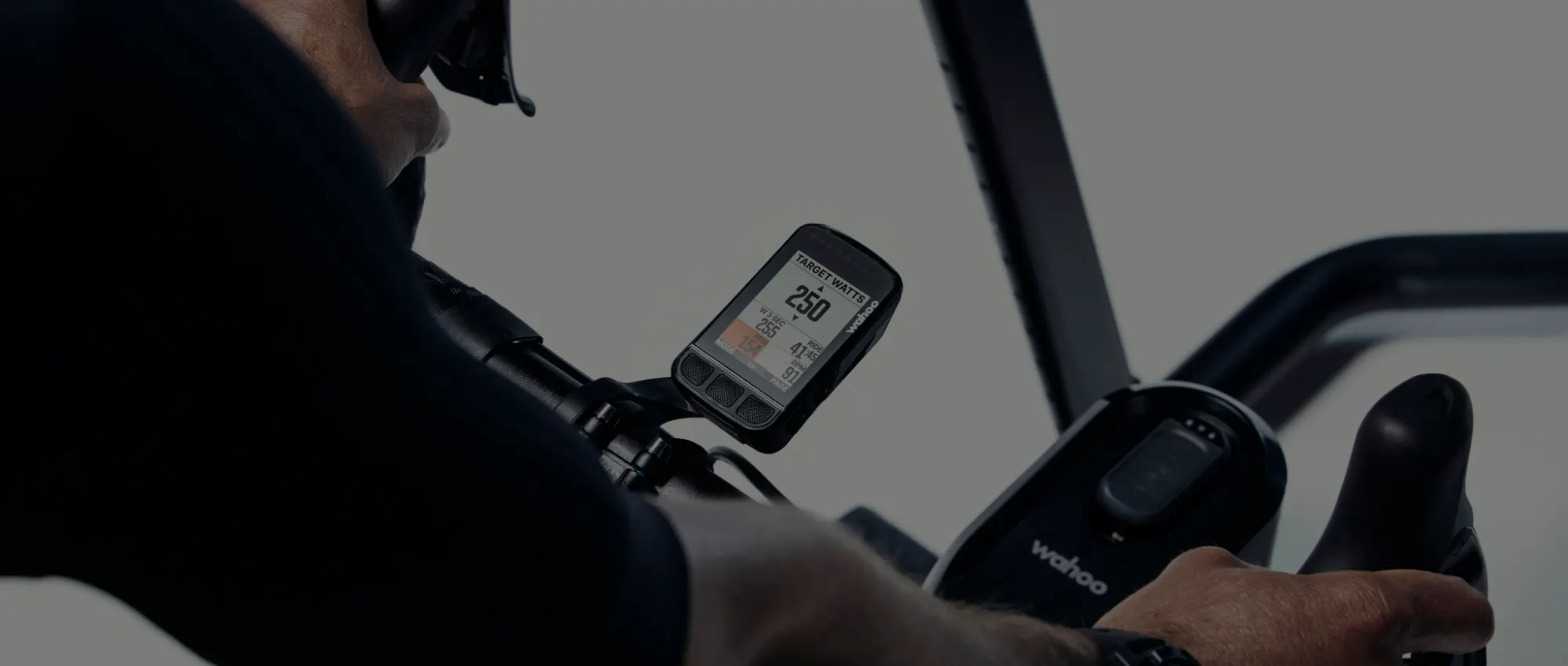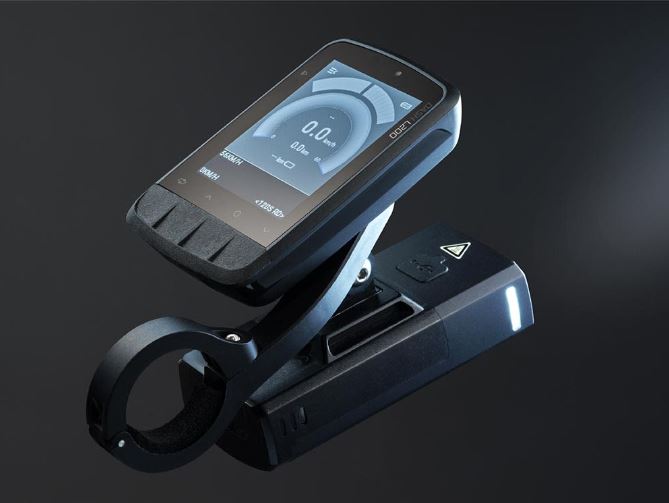Choosing the Best Bike Computer for Your Needs

Key Point Summary of Choosing the Best Bike Computer for Your Needs:
- Bike computers range from basic models that track fundamental metrics to advanced units offering navigation, power meter connectivity, and more.
- Consider what metrics are most important to you: speed, distance, heart rate, elevation, or advanced training metrics.
- Navigation features vary significantly between models, from simple breadcrumb trails to detailed maps and turn-by-turn directions.
- Connectivity with other devices (sensors, smartphones, power meters) can enhance your training and riding experience.
- Battery life, display size and clarity, and ease of use are crucial factors to consider.
In the vast world of cycling, where every pedal stroke and heart rate beat counts towards achieving personal bests or simply enjoying the ride, the importance of a reliable bike computer cannot be overstated. As a masters cyclist who has navigated the terrains of mountain biking, gravel grinding, and cyclocross, I’ve come to appreciate the value of having the right tools to track my progress, navigate routes, and monitor my performance. This article aims to guide beginner to mid-level cyclists through the process of choosing the best bike computer to meet their needs, offering insights drawn from personal experience and expertise.
The evolution of bike computers over the years has been nothing short of remarkable. From the simple wired units displaying basic speed and distance metrics to the sophisticated GPS-enabled devices that offer a wide array of features, the options available today can cater to the needs of any cyclist, regardless of their experience or discipline.
Understanding Your Needs
The first step in choosing a bike computer is to understand what you need it for. Are you looking to simply track your speed and distance, or are you aiming for more detailed data such as cadence, heart rate, and power output? Your goals as a cyclist will significantly influence your choice. For casual riders, a basic bike computer that provides speed, distance, and time might suffice.
However, for those of us who are more performance-oriented, aiming for personal bests, or competing in races, a more advanced unit with GPS tracking, heart rate monitor connectivity, and power meter compatibility becomes indispensable.

Navigation Capabilities
One of the key features that set apart high-end bike computers from basic models is their navigation capabilities. While I enjoy the thrill of exploring new trails and routes, having a reliable navigation system can be a game-changer, especially in unfamiliar territories. Some bike computers offer simple breadcrumb trails, which are adequate for basic route following. In contrast, others provide detailed maps with turn-by-turn directions, points of interest, and even the ability to reroute on the fly if you stray from your original path.
Connectivity and Integration
In today’s interconnected world, the ability of a bike computer to seamlessly connect with other devices is a significant advantage. Compatibility with heart rate straps, cadence sensors, power meters, and even smartphones can elevate your training sessions, allowing for real-time data tracking and analysis. Additionally, integration with cycling apps and platforms enables you to share your rides, compete with friends, and analyze your performance in greater depth.

Battery Life and Display
For long rides or multi-day adventures, battery life becomes a critical consideration. Advanced GPS units with color displays and multiple features tend to consume more power, so it’s essential to choose a bike computer with enough battery life to support your longest rides. The display size and clarity also play a crucial role, especially under varying lighting conditions. A clear, readable display ensures you can quickly glance at your metrics without straining your eyes or losing focus on the road or trail ahead.
Ease of Use and Durability
A bike computer should enhance your cycling experience, not complicate it. Therefore, ease of use is a key factor to consider. This includes the initial setup, customizing data screens, and accessing features during a ride. Durability is another essential aspect, as the device will be exposed to the elements, vibrations, and potential impacts. Waterproofing, dust resistance, and robust construction are features that contribute to the longevity of a bike computer.
Final Thoughts
Choosing the best bike computer is a personal decision that depends on your specific needs, goals, and budget. Whether you’re a casual rider looking to track your weekend adventures or a competitive cyclist seeking to optimize every aspect of your training and performance, there’s a bike computer out there for you.
By considering the factors outlined in this article, you can make an informed decision that enhances your riding experience and brings you closer to achieving your cycling objectives. The best bike computer is the one that meets your needs and helps you enjoy every ride to its fullest.
A well-rounded option that caters to a wide range of cyclists—from beginners to advanced, across all disciplines—one standout choice is the Garmin Edge 530.
Why the Garmin Edge 530?
- Versatility: It strikes a balance between advanced training features and ease of use, making it suitable for both competitive racers and recreational riders.
- Navigation: Offers detailed maps with turn-by-turn navigation, off-course rerouting, and the ability to explore new routes, which is invaluable for adventure rides and training.
- Connectivity: Seamlessly connects with a variety of sensors (heart rate, cadence, power meters) and smartphones, allowing for a comprehensive tracking and analysis of your performance.
- Battery Life: With up to 20 hours of battery life, it’s equipped to handle long days in the saddle, ensuring you’re always on track and monitored.
- Data Analysis: Provides dynamic performance insights, such as VO2 max, recovery advisor, training load focus, and more, catering to those who love to dive into the data.
- Durability: Built to endure the elements, it’s rugged and waterproof, making it a reliable companion for mountain biking, gravel riding, and cyclocross.
Given its robust feature set, reliability, and Garmin’s reputation in the GPS market, the Edge 530 serves as an excellent choice for cyclists looking to invest in a bike computer that will grow with them as they explore new challenges and refine their performance. It embodies a blend of functionality and user-friendliness that appeals to a broad spectrum of riders, ensuring its place as a top recommendation.

FAQ
How do I choose a bike computer?
- Identify your needs: Decide what metrics are important to you (speed, distance, heart rate, power, navigation).
- Consider compatibility: Ensure it works with any existing sensors or devices you own.
- Think about battery life: Choose a model that can support the length of your longest rides.
- Evaluate navigation features: If you plan to explore new routes, prioritize devices with good mapping and navigation capabilities.
- Set a budget: Bike computers range from affordable basic models to high-end units with advanced features.
What bike computer do most pros use?
Many professional cyclists use the Garmin Edge 1030 Plus or Wahoo ELEMNT ROAM for their advanced training features, reliable navigation, and robust connectivity with sensors and power meters, offering detailed data analysis and routing capabilities.
What is the best cycling computer for navigation?
The Garmin Edge 1030 Plus is widely regarded as one of the best for navigation, offering detailed maps, turn-by-turn directions, and the ability to reroute on the fly, along with extensive connectivity and training features.
How important is a bike computer?
A bike computer is crucial for serious training and navigation, allowing cyclists to monitor performance metrics, follow routes, and analyze post-ride data for improvement. For recreational riders, it enhances the riding experience by providing real-time feedback and the convenience of easily tracking ride data.





